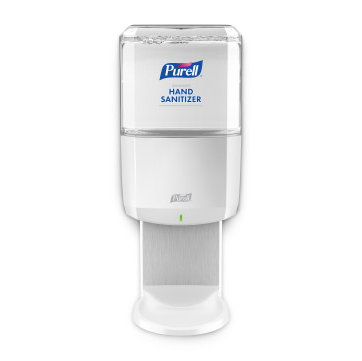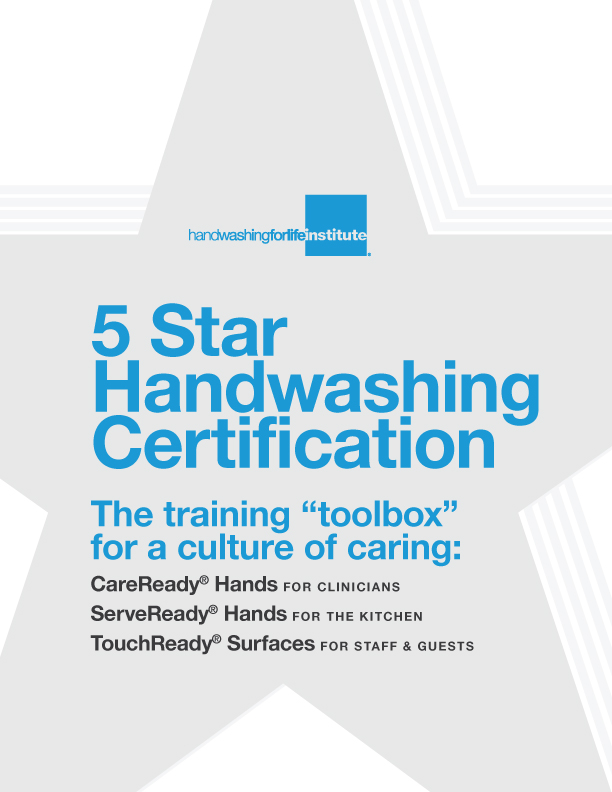
GOJO Industries, a national leader in foodservice safety with over 60 years of experience.
Best practice handwashing requires skin-friendly deep-cleaning soap and a reliable, easy-to-see/service, touch-free dispenser. Integrated technologies are setting the pace in advancing the science of handwashing. Best-In-Class solutions are a good place to start before making potentially costly compromises.
Hand Soap Dispenser
PURELL® ES8 Soap Dispenser Touch-Free Dispenser with Energy-on-the-Refill for PURELL HEALTHY SOAP™ is specified in The Optimized Handwash Station HFL5000.

Hand Sanitizer Dispenser
PURELL® ES8 Hand Sanitizer Touch-Free Dispenser with Energy-on-the-Refill for PURELL® Hand Sanitizer is specified in The Optimized Handwash Station HFL5000.

Hand Soap
Convenience matched with skin-friendly formulations motivate compliance. Well formulated hand soaps, liquid and foam, provide both effective cleaning and an incentive to wash frequently. Failure on either point cuts compliance levels and raises operator risk.
These sealed cartridge systems are formulated without the harsh chemicals required to keep open-top dispensers from rearing pathogenic bacteria. Recent studies by Dr. Gerba at the University of Arizona show a 25% bacterial contamination level for open top, refillable dispensers.
Fiction
Soap is soap.
Fact
False. Soap is not Soap. Read on to discover how soaps (really detergents) vary dramatically. Best Practice hand soaps are balanced to assure target-specific soils are removed while protecting the natural immune system of healthy skin.
Fiction
All soaps rinse clean.
Fact
Sometimes but rarely. Most will leave residues resulting in dry skin, making it more difficult, even painful, to keep clean.
Fiction
All handsoaps clean about the same.
Fact
False. Hand cleansing involves five distinct functions. A Best Practice soap starts by wetting the target soil and breaking its bond to the skin. It then emulsifies the soil and floats it for quick and clean-rinsing without stripping the hand’s protective oils and moisture.
Fiction
Soap bubbles indicate good cleaning.
Fact
A rich, long-lasting lather is one feature of a good soap but don’t be fooled. It is easy and inexpensive to generate bubbles. Independent test data on soil removal properties are the best judge of performance.
Fiction
Antibacterial soap is better than plain soap.
Fact
False. Cleaning is about the same between the two types. Fragrance and skin-friendliness vary. Germ kill is poor with antibacterial soap as the average contact time is only 5-6 seconds. This is not long enough to provide significant germ kill. The Best Practice approach is to follow a Core Handwash with a food-safe alcohol hand sanitizer.
Fiction
Foam hand soaps don’t clean as well as liquids.
Fact
False. On a weight per hand wash basis, less foam hand soap is used versus its liquid counterpart. However, cleaning may favor the foam because it is dispersed more evenly and the more pleasant experience encourages frequent use.
Fiction
Any dispenser will do.
Fact
False. Open-top soap dispensers are often contaminated. A University of Arizona study found that 25% of open-top dispensers contained unsafe levels of bacterial contamination. Sealed systems eliminate contamination and tampering.
Fiction
Hot water is best for handwashing.
Fact
Not always. Water temperature must be comfortable to encourage use, but hand soaps themselves work well in cold or hot water. However, if the water is less than room temperature or greater than 110 F, employees shy away from washing.
Fiction
Water hardness doesn’t matter.
Fact
False. Soft water improves wetting, emulsification, soil release, and rinsing. Hard water also results in using more soap per handwash to compensate for the poor hard water lather.


